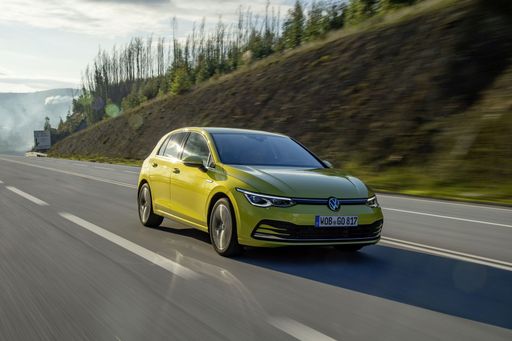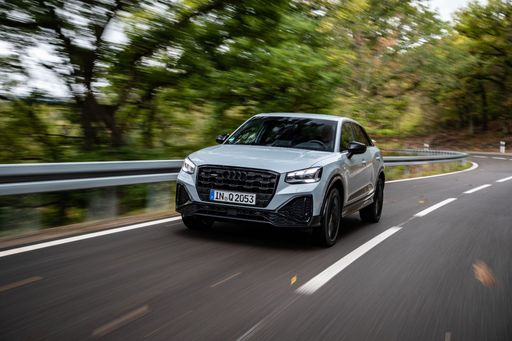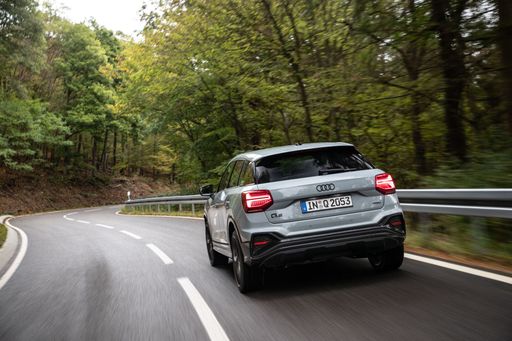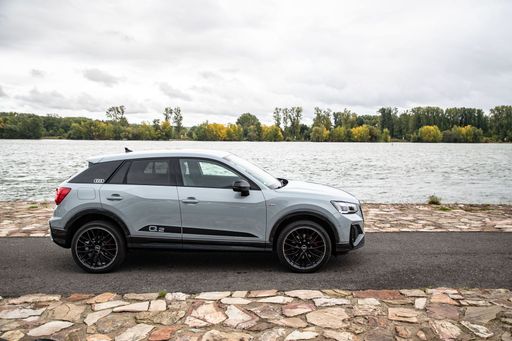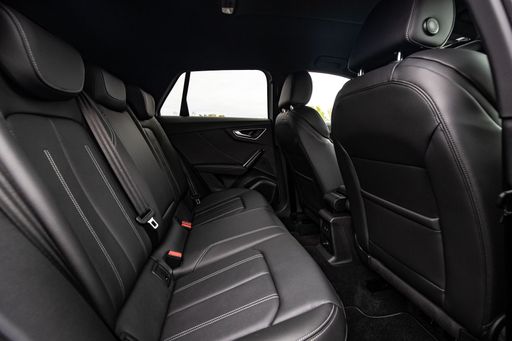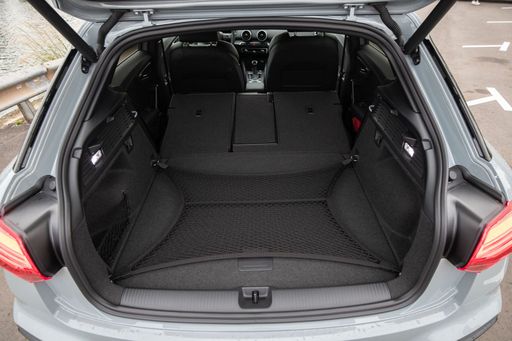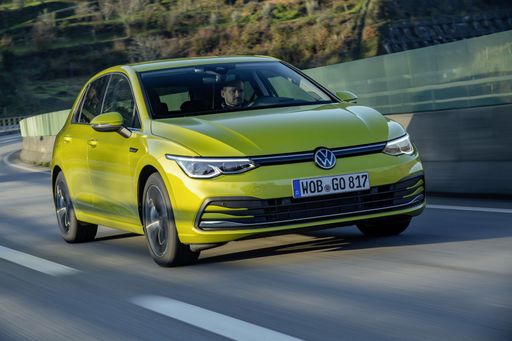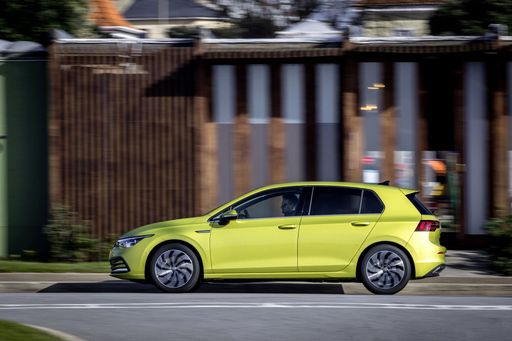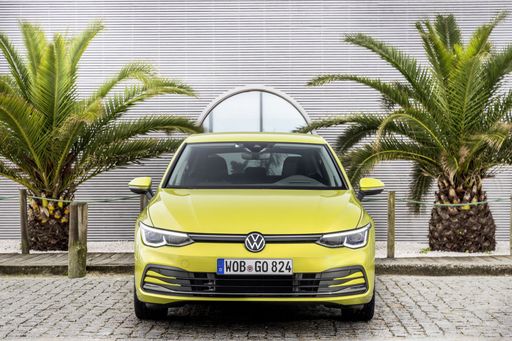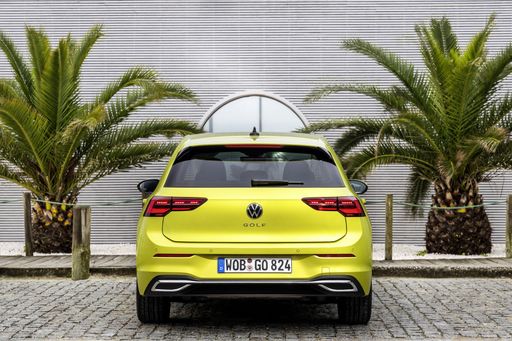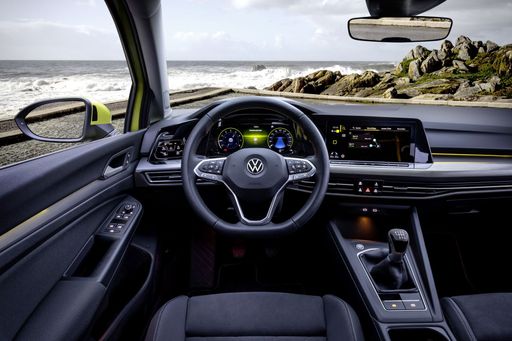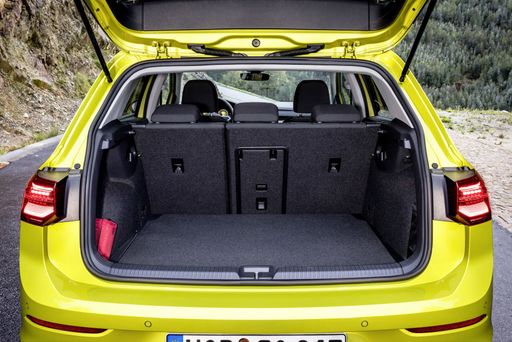Compact Conundrum: Audi Q2 vs VW Golf
In the competitive world of compact cars, the Audi Q2 and VW Golf have both garnered significant attention. These vehicles stand out not only for their stylish design and solid build but also for the innovations and technical prowess each brand brings to the table. As we delve into the distinguishing features of the Audi Q2 and VW Golf, it becomes evident why these models continue to be popular choices for discerning drivers in 2024.

